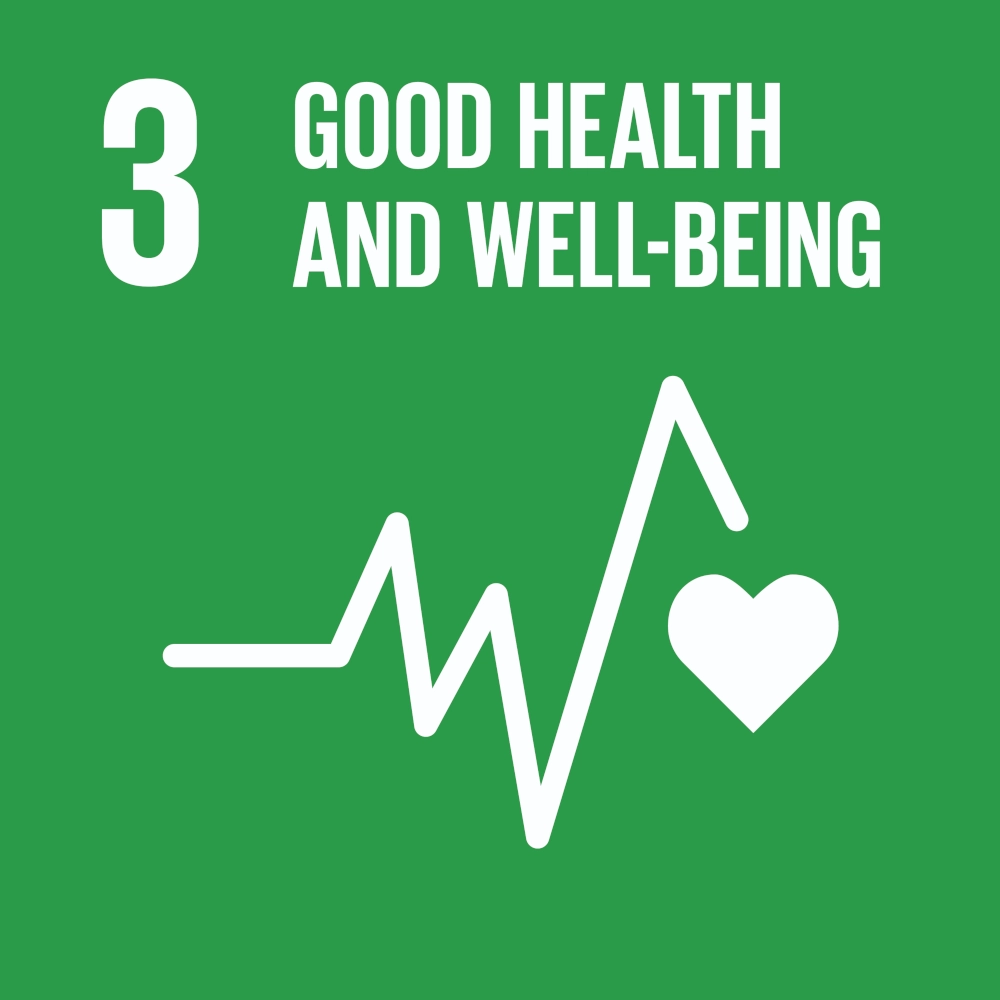Good Health and Well-being Lab
Healthcare services around the world continue to improve in terms of both quality and coverage. However, a great share of humanity still faces difficulty accessing adequate medical services.
Learn how your innovations can tackle these issues and more by joining the Good Health and Well-being Lab, part of Prepr’s Sustainable Innovation Lab series.






